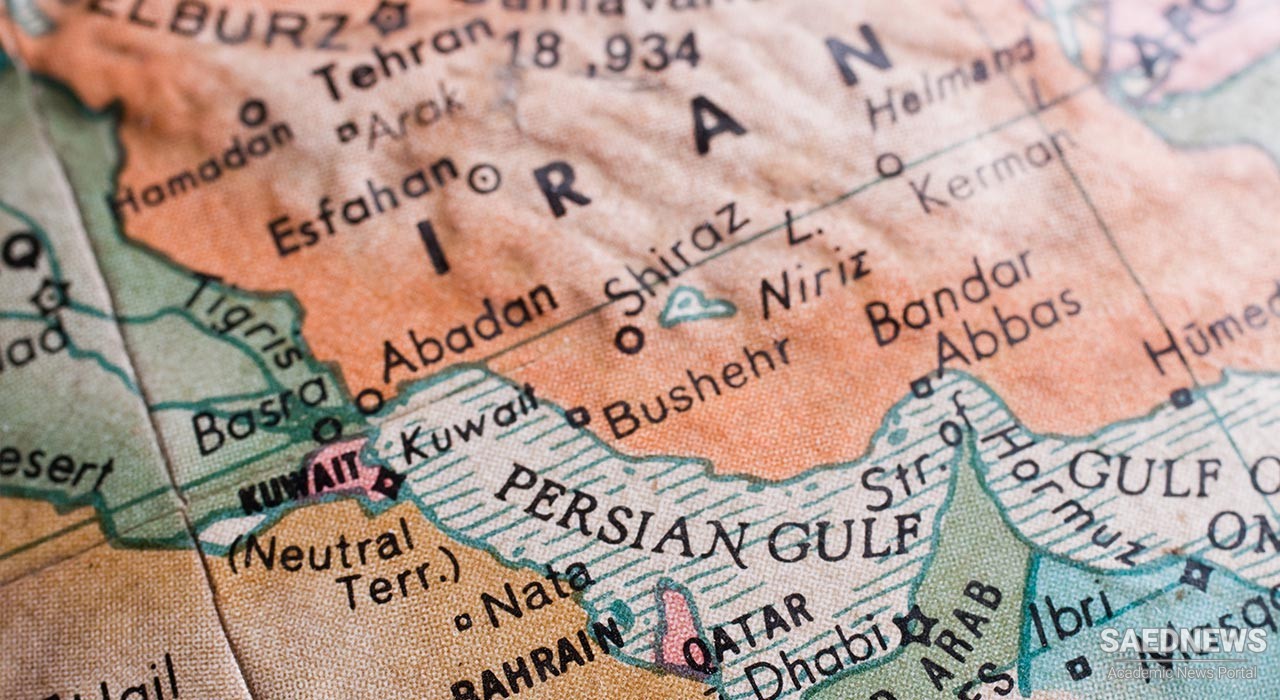There is no mention of Persia in the tenth chapter of Genesis, or in the Zend-avesta, nor does this name occur on any Assyrian monument before the ninth century B. c. On the other hand, the list in this chapter places the Madai or Medes among the sons of Japhet, which, as Aryans, is their right position. The natural inference is, that those Aryan tribes who were subsequently called Persians, had not yet descended so far to the south, but were still clinging to the steeps of the Taurus. A little later, the inscriptions of Shalmaneser shew that they had reached Armenia, but, as only petty chiefs are recorded, it is probable that their government had not yet crystallized into a settled monarchy. Later however, under Sennacherib, the Perso-Aryans had reached the Zagros, and, thence, their further descent by the denies of the Bakhtyari mountains into Persis was comparatively easy and rapid, though their migrations perhaps cannot ceas'e till near the close of the great empire of Assyria. The Aryan Medes had, on the other hand, held for many years a prominent place among the Western Asiatic populations, and it is likely that the Persian tribes acknowledged the superiority of the Median monarch, much as at the present day the Khedive of Egypt acknowledges the supreme rule of the Sultan of Turkey, in other words, that the ruler of Persis was the chief feudatory of the Median empire. It must not however be forgotten, that Darius the son of Hystaspes claims for his own house, the possession of a kingdom with eight immediate predecessors, he himself being the ninth, a claim he could hardly have put forth publicly had there been at the time any doubt about it. The Median empire appears to have been established about B.C. 647, just when the adjoining nations were marshalling their forces to put an end to Nineveh, which had so long ruled them with a rod of iron ; while, from this state- ment of Darius, it is further probable that there were tributary kings in Persis up to about the same period (W. C. Vaux, 1893).


 The Kneeling Bull with Vessel: Persian Cultural Beauty
The Kneeling Bull with Vessel: Persian Cultural Beauty














































